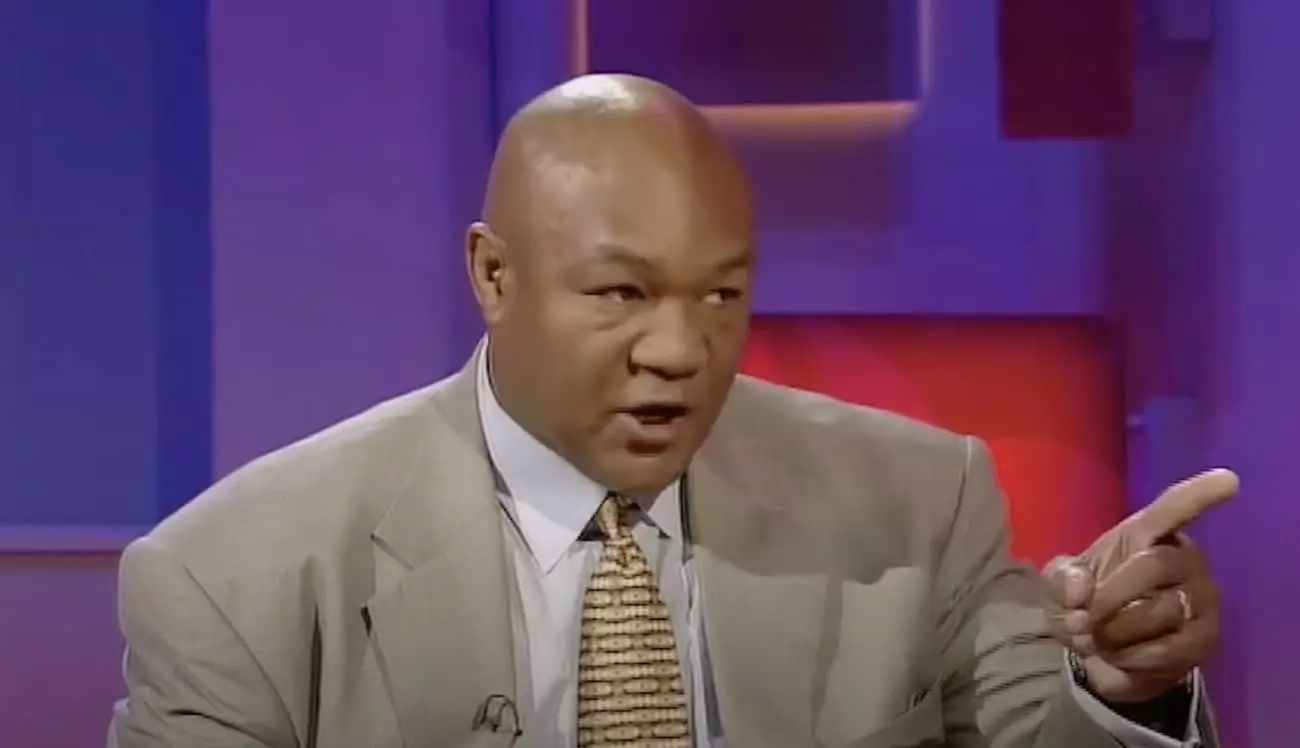In the world of professional boxing, narratives often transcend the ring. They encapsulate the human spirit’s resilience, the quest for redemption, and tales of triumph against overwhelming odds. One such iconic narrative is that of George Foreman, a man whose journey in the boxing ring mirrors the struggles and victories of life itself. On this momentous occasion, we reflect on the events that transpired thirty years ago when Foreman accomplished an extraordinary feat by claiming the heavyweight title from Michael Moorer, a moment encapsulated in the annals of sports history as not only a victory for Foreman, but as a reawakening of his legendary persona.
Foreman, a two-time heavyweight champion, is best known for his electrifying presence and intimidating demeanor, which mesmerized audiences across the world. However, it was his earlier defeat at the hands of Muhammad Ali in the infamous Rumble in the Jungle that marked a significant turning point in his career. As we celebrate the 50th anniversary of Ali’s remarkable victory, we must also recognize how that humiliation motivated Foreman to seek not only a comeback in the sport but a sense of personal closure years later.
By the time Foreman faced Moorer on November 5, 1994, he was 45 years old—a previously unimaginable age for anyone competing at the highest levels of boxing. Moorer, a younger and skilled champion with a track record of impressive victories, was considered the favorite. With the echoes of his earlier defeat still reverberating in the back of his mind, Foreman’s challenge was not merely against Moorer but also against time itself. Despite the odds stacked heavily against him, Foreman’s indomitable will shone through, propelling him toward a championship bout that would either reaffirm or reshape the narrative of his career.
What made this encounter particularly poignant was the symbolism woven into the fabric of Foreman’s journey. He entered the ring wearing the same trunks he donned during the unforgettable 1974 fight against Ali, a poignant reminder of his past and the aspirations for redemption that lay before him. This sartorial choice was not simply an act of nostalgia; it represented a fierce determination to reclaim a sense of self that had been diminished by previous defeats.
As the fight began, it quickly became apparent that Foreman was outmatched in terms of speed and agility. Moorer danced around the ring, showcasing the skill and finesse that had garnered him much success. However, while Moorer appeared to dominate, Foreman employed a more strategic approach—one rooted in patience and experience. Commentators observed that Foreman, far from being a relic of the past, demonstrated tactical acumen, gradually advancing despite being outscored.
Moorer’s ambition to make a statement against Foreman—a desire to knock down the heavyweight legend—served as a double-edge sword. The pressure of this ambition led to critical miscalculations during the fight. Foreman, a savvy veteran, lured Moorer into traps crafted from years of experience in the ring. The stakes grew higher, and it was evident that Moorer’s focus and mental strategy would be key in navigating Foreman’s dangerous punching range.
The Defining Moment: Triumph in Defeat
The climax of the match came with an astonishing turn of events. Foreman’s ability to absorb punishment while remaining resolute culminated in a moment of brilliance—he landed a powerful right hand that sent Moorer crumbling to the canvas. A gasp echoed through the crowd as Moorer, utterly shocked, lay on the mat, grappling with the reality of his defeat. Foreman, now a man of faith, knelt in prayer, offering thanks for a redemption that seemed impossible mere moments prior.
The exhilaration of this iconic moment extended beyond mere sporting victory; it resonated with fans on a profound emotional level. Foreman’s victory served not just as a comeback but as a narrative of resilience, redemption, and the enduring spirit of an athlete who refused to be defined by past failures.
A Lasting Legacy: Foreman’s Impact on Boxing
As we reflect on this monumental event 30 years later, it is evident that Foreman’s story continues to inspire athletes and fans alike. His triumph over Moorer in Las Vegas is imbued with deeper significance—a full-circle moment that mirrored Ali’s previous conquest. Both fighters represented differing eras in boxing but shared a relentless drive, and in that, we find the heart of the sport.
Foreman’s story is a testament to the power of perseverance. Since that victory, he has not only solidified his status as a boxing icon but also transformed into an emblem of the tenacity of the human spirit. This pivotal match did not simply alter the trajectory of Foreman’s career; it provided him the peace and closure that had eluded him for decades, reinforcing the idea that true victory lies not solely in championships but in overcoming challenges and finding one’s place in the world.

